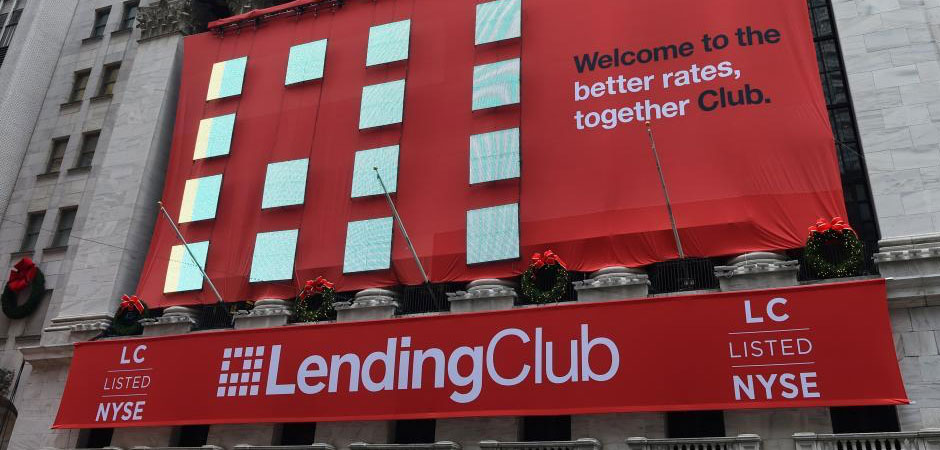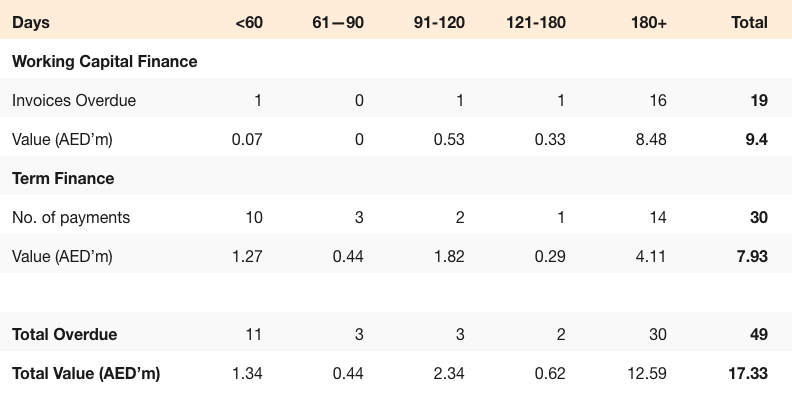When history is written, the Lending Club IPO will serve as the tipping point for the disruption of the traditional lending model, and ultimately the unraveling of the banking sector as we know it. With vertical markets adding up to tens of trillions of dollars, coinciding with a perfect storm of consumer-behavior shifts and record high anti-bank sentiment, it’s no wonder that investors and consumers alike are screaming “revolution!”
In raising $870 million dollars, the Lending Club IPO accomplishes three major things: money for growth, consumer accessibility, and market validation.
Money for Growth
Lending Club’s growth metrics are off the charts, at 189 percent between 2012 and 2013. Even with these impressive metrics, the total volume funded to date is still less than one percent of the outstanding consumer credit card market, which sits at $683 billion. Undoubtedly, the additional capital on their balance sheet will help the company grow even more, further expanding their already tremendous market lead against direct competitors.
Consumer Accessibility
The sheer volume of loans funded by Lending Club has shaped the financial lives of approximately 450,000 customers to date. And this is just what we see on the surface, because after diving deeper, lending remains a word of mouth business and it needs clients who absolutely love the product. Unfortunately for banks, people are much quicker to tell their sphere of influence about a bad experience than a good one. With technology allowing people to get 24/7 service and complete transactions online at the speed of light, long gone are the days of banker’s hours and slow processes.
Market Validation
Lending Club is a consumer-facing business in a regulated environment, but similarly consumer-regulated companies like Uber and Airbnb have proven if enough people use a service, massive change can occur on a local and national level. This validation will have far-reaching implications that will continue to shape the conversation surrounding what is possible for all online lenders in student, auto, and home loans — the precise verticals guilty of the least innovation coincidentally at the epicenter for the largest markets in the world.
But it might be these pain points consumers have felt for decades due to bank restrictions which has ultimately forced alternative lenders such as Lending Club to arrive. Today, outside of student loans, over 55 percent of all borrowers fall squarely in the Gen X and Boomer demographic, and it’s unclear whether they will fully embrace this alternative lending shift. However, Millennials are predicted to charge into the lead as this country’s number-one borrowing entity by 2020 and will make up 75 percent of the workforce by 2025. And according to extensive research by Fannie Mae, the younger generations want ease of use, transparency, and speed, all at an accurate, up-front cost when it comes to their financial needs. Online lending delivers just that.
Yet it turns out Millennials are already getting what they want. Web and phone apps have shaken up the banking sector in irreparable ways. The likes of TurboTax, Mint, WealthFront, Esurance, Simple Bank, and now Lending Club and OnDeck, have taken once profitable business models and replaced them (and oh-so-many expensive middlemen) with modern technology. And with research showing nearly half of Millennials think that the disruption of traditional banking will take place from tech startups, your $50K small business loans and $500K mortgages are going online, cementing a paradigm shift in the way consumers are managing their finances. It seems consumers want everything from opening a checking account to getting a mortgage with the click of a mouse. Or, if you really want to think big, the blink of an eye — we’re looking at you Google Glass.
Source: Huffington Post




